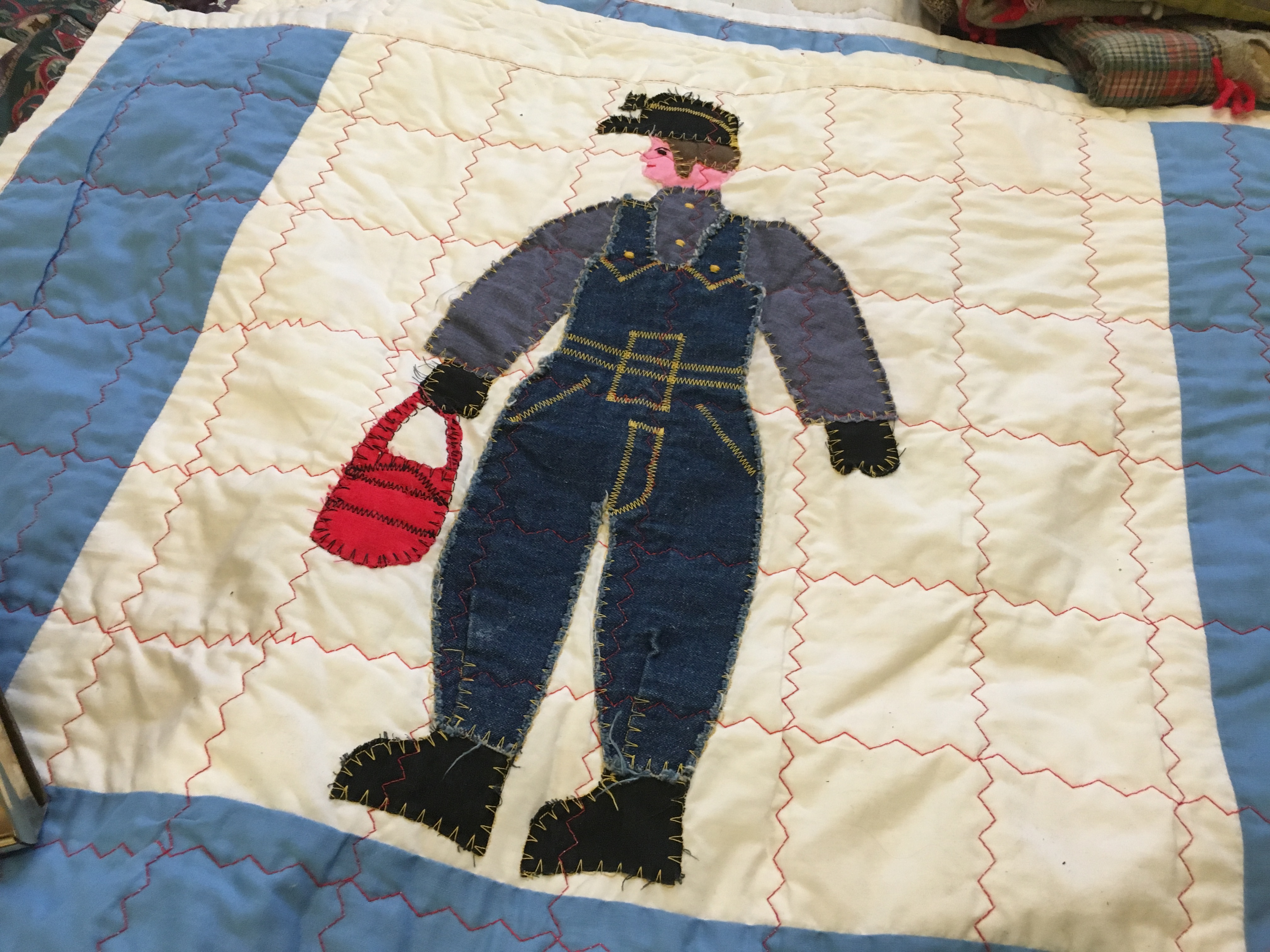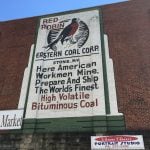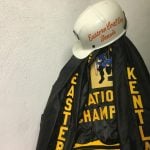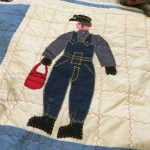This week in my TV interview, I highlighted some “Coal Heritage Tourism Sites” in Virginia, West Virginia and Kentucky, where the mining industry provided not only income, also a way of life to its workers and extended communities.
Why is this important and interesting?
Why in the world would you want to tour coal mines and heritage museums?
The coal mining industry and mining communities have been front and center in today’s economic, scientific and political news. With projections that up to a third of American jobs could be replaced by robots and technology in the next 15 years, what’s happened to coal communities might be an interesting case study for all of us to think about and learn from.
On that note, I thoroughly enjoyed this post on the topic written by Travis Lowe, a pastor in Bluefield, West Virginia. He observes, “Many people have been crushed, many families destroyed in the wake of this storm but among the ashes, a few flowers have began (sic) to bloom.”
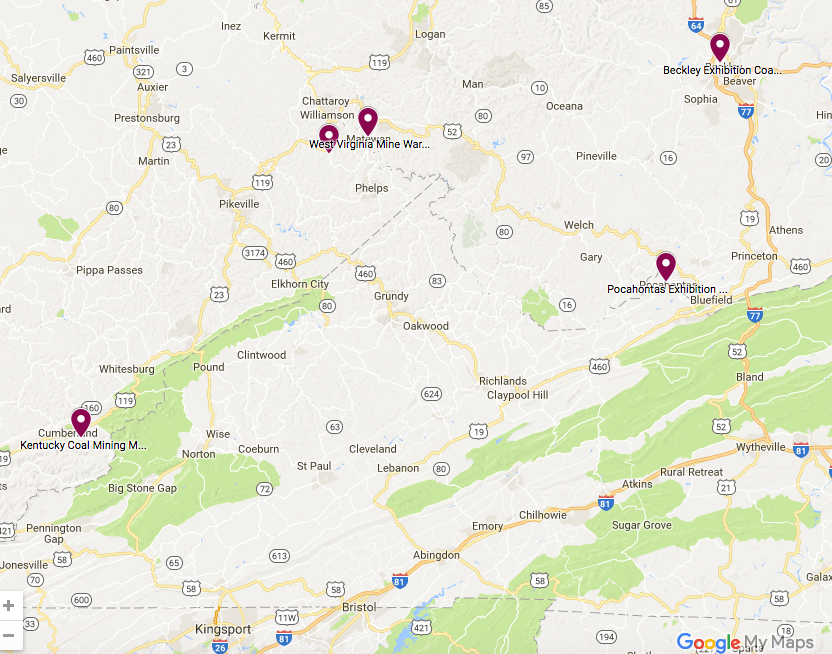
Map of Coal Heritage Tourism sites in VA, WV, KY
Five coal heritage sites to visit
I mentioned Virginia’s Coal Heritage Trail in my interview, where you can take self-guided tours. Wise County has a map of its own.
1. Pocahontas Exhibition Coal Mine in Tazewell, Virginia was the location of the start of this region’s coal boom. Since without a railroad, you can’t sell coal, its spur line launched the Norfolk and Western Railroad (now Norfolk Southern) into national prominence during the 1880s.
2. Beckley Exhibition Coal Mine in Beckley, West Virginia is worth half a day. I wrote about it extensively here. You can ride into the mine with a retired miner as your guide. The nearby exhibition coal camp includes houses, a company store and a schoolhouse where you’ll see what it was like to live in a coal camp. The staff there is helpful and friendly, many of whom lived in coal camps themselves.
3. Mining Wars Museum in Matewan West Virginia just opened 2016 and is state-of-the-art. Many of us have never heard about the “Matewan Massacre” or the Battle of Blair Mountain, so we don’t realize that coal labor clashes were the largest insurrection in American history outside the Civil War.
Matewan Massacre took place on May 19, 1920 and marked an important turning point in the battle for miners’ rights. It would take until the early 1930s for the government to recognized American labor unions that eventually led to the passage of the National Industrial Recovery Act (NIRA) of 1933.

Department of Labor poster features Mother Jones and her famous quote
The Battle of Blair Mountain ranged for five days in early September 1921, in Logan County, West Virginia. Roughly 10,000 armed coal miners confronted 3,000 lawmen and strikebreakers, called the “Logan Defenders,” who were backed by coal mine operators fighting attempts to unionize the southwestern West Virginia coalfields.
The battle ended after approximately one million rounds were fired, and the US Army intervened by presidential order. Private planes were hired to drop homemade bombs on the miners and dropped a leftover bombs from World War I in several locations near the towns of Jeffery, Sharples and Blair. Army bombers from Maryland performed aerial surveillance.
This PBS documentary goes into depth. You’ll learn the important role that Mother Jones, pictured right, played in the labor movement working the Appalachian coal camps, including Matewan.
4. The Stone Heritage Museum is just over the state line from Matewan, in Stone, Kentucky. This little heritage museum preserves the history and even payroll records of a coal camp that Henry Ford once owned in the company’s beautiful brick headquarters building. On a more somber note, one room of the museum is dedicated to the mortuary practice.
Stone played an important role in my life, because generations of my maternal family worked the mines there. Some extended family still lives in the area, but most have gone elsewhere.
- Coal Company in Stone, KY
- In the museum collection
- Museum collection quilt
Next week I’m visiting my great-aunt in Kentucky. She’s the last of the generation who grew up in the coal camps at Stone. Together, we are piecing together family history as I research a book of historical fiction set in that era.
We plan to go to the Mining Wars Museum for a special event April 29th 6pm-8pm celebrating labor organizer Mother Jones’ birthday. Maybe I’ll see you there.
I’ll tell you more Appalachian stories this year, since I’ve been on a “roots quest” of late. Stay tuned.
